SLUU367A July 2009 – February 2022 TPS51163
10 EVM Assembly Drawing and PCB layout
Figure 10-1 through Figure 10-6 show the design of the TPS51163EVM printed circuit board. The EVM has been designed using four layers on a 2-oz. copper circuit board.
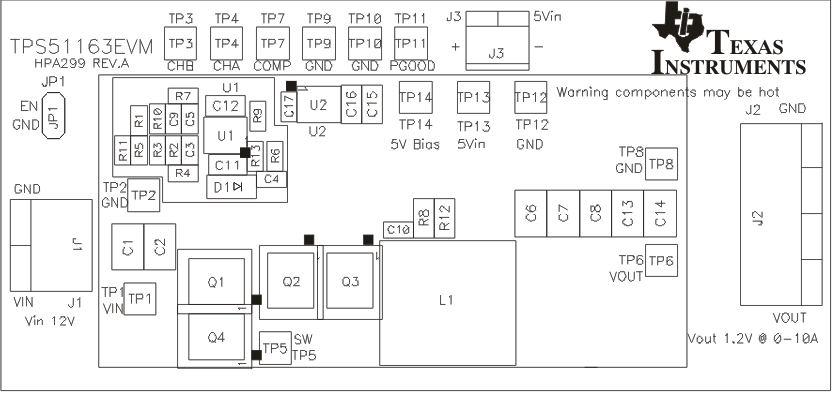 Figure 10-1 Top Layer Assembly Drawing (Top View)
Figure 10-1 Top Layer Assembly Drawing (Top View)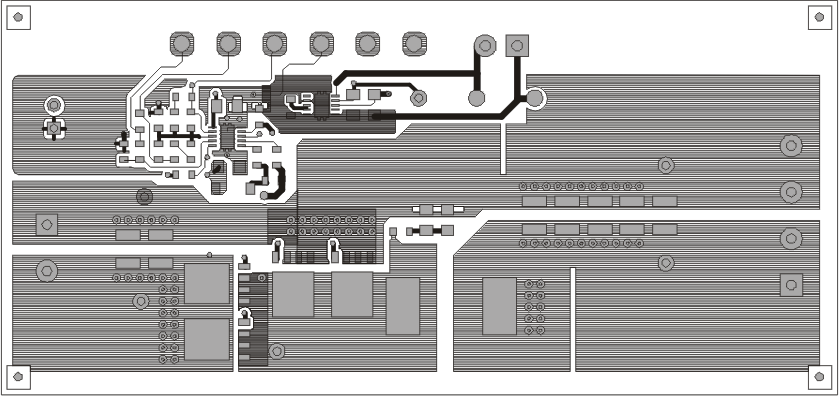 Figure 10-3 Top Copper (Top View)
Figure 10-3 Top Copper (Top View)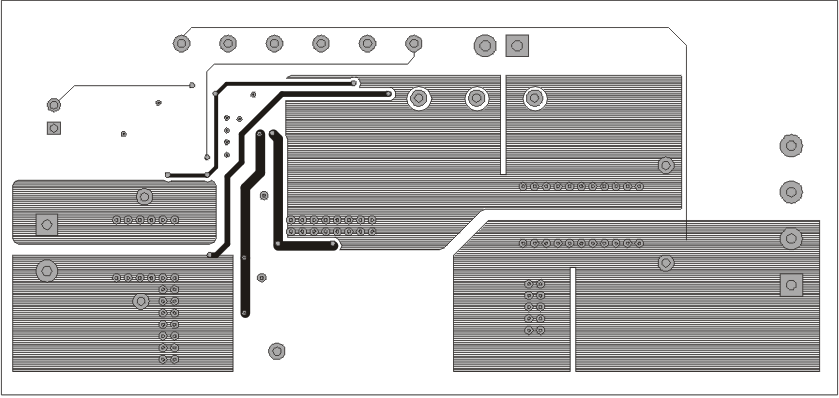 Figure 10-5 Internal Layer 2
Figure 10-5 Internal Layer 2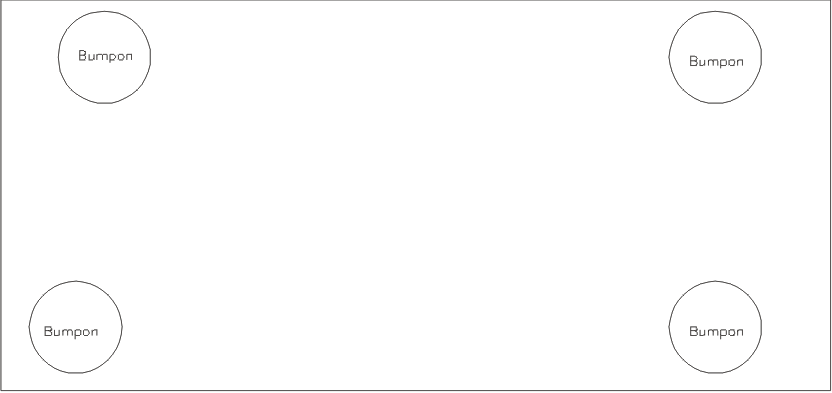 Figure 10-2 Bottom Assembly Drawing (Bottom View)
Figure 10-2 Bottom Assembly Drawing (Bottom View)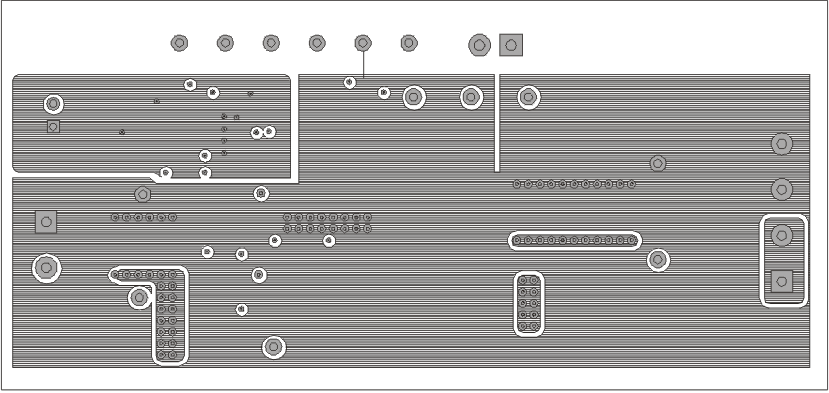 Figure 10-4 Internal Layer 1
Figure 10-4 Internal Layer 1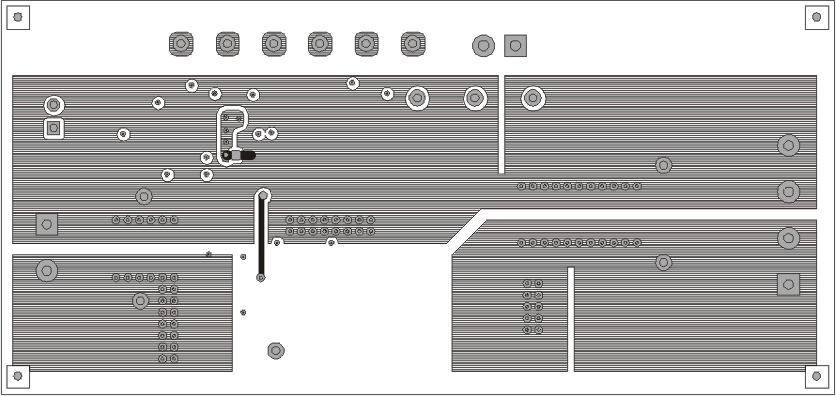 Figure 10-6 Bottom Copper (Top View)
Figure 10-6 Bottom Copper (Top View)